The cardiac cycle refers to the sequence of events that occur in the heart during one complete heartbeat. It involves alternating phases of contraction (systole) and relaxation (diastole) in the atria and ventricles, ensuring the efficient flow of blood through the heart and to the rest of the body. The cardiac cycle consists of several stages, regulated by the heart’s electrical system, ensuring proper blood circulation. Here’s a detailed look at the cardiac cycle:
1. Phases of the Cardiac Cycle
The cardiac cycle is divided into two primary phases:
- Diastole (Relaxation Phase): The heart chambers relax and fill with blood.
- Systole (Contraction Phase): The heart chambers contract, ejecting blood to the body and lungs.
2. Detailed Steps of the Cardiac Cycle

A. Atrial Diastole (Relaxation of the Atria)
- The atria are relaxed, allowing blood to flow from the veins into the atria.
- The right atrium receives deoxygenated blood from the superior and inferior vena cava.
- The left atrium receives oxygenated blood from the pulmonary veins.
- Blood passively flows through the atrioventricular (AV) valves (tricuspid on the right, mitral on the left) into the ventricles.
B. Atrial Systole (Contraction of the Atria)
- As the atria contract, they push the remaining blood into the ventricles, ensuring the ventricles are filled to capacity.
- This contraction is initiated by the SA node (sinoatrial node), which acts as the heart’s natural pacemaker.
C. Ventricular Diastole (Early Phase)
- The ventricles begin to fill as blood flows from the atria, facilitated by the open AV valves.
- The semilunar valves (pulmonary and aortic) remain closed to prevent backflow from the arteries.
D. Ventricular Systole (Contraction of the Ventricles)
- Isovolumetric Contraction: The ventricles begin to contract, increasing pressure inside the chambers, which causes the AV valves to close. However, blood volume remains unchanged as the semilunar valves are still closed.
- Ejection Phase: Once ventricular pressure exceeds the pressure in the arteries, the semilunar valves open, allowing blood to be pumped out.
- The right ventricle sends deoxygenated blood to the lungs via the pulmonary artery.
- The left ventricle pumps oxygenated blood into the aorta for distribution to the rest of the body.
E. Ventricular Diastole (Relaxation of the Ventricles)
- After contraction, the ventricles relax, causing pressure to drop.
- The semilunar valves close to prevent blood from flowing back into the ventricles from the arteries.
- The cycle restarts as the atria fill with blood again, leading to the next heartbeat.
(Read More: Endorphin hormones: The Body’s Natural Painkillers….)
3. Heart Sounds
The two primary heart sounds, heard through a stethoscope, are:
- “Lub” (S1): Caused by the closing of the AV valves at the beginning of ventricular systole.
- “Dub” (S2): Caused by the closing of the semilunar valves at the beginning of ventricular diastole.
4. Duration of the Cardiac Cycle
- A complete cardiac cycle typically lasts around 0.8 seconds at a heart rate of 75 beats per minute:
- Atrial systole: 0.1 seconds.
- Ventricular systole: 0.3 seconds.
- Relaxation phase (total diastole): 0.4 seconds.
5. Electrical Control of the Cardiac Cycle

The cardiac cycle is regulated by the heart’s electrical system:
- The SA node generates an electrical impulse, initiating atrial contraction.
- The impulse travels to the AV node, where it is briefly delayed to allow the ventricles to fill with blood.
- The impulse then moves through the Bundle of His and Purkinje fibers, causing the ventricles to contract.
6. Regulation of the Cardiac Cycle
- The heart rate and strength of contractions are regulated by the autonomic nervous system and hormones.
- Sympathetic stimulation increases heart rate and the force of contraction.
- Parasympathetic stimulation slows the heart rate.
- Hormones like epinephrine (adrenaline) can speed up the heart rate during stress or physical activity.
7. Importance of the Cardiac Cycle
The cardiac cycle is vital for maintaining continuous blood flow, delivering oxygen and nutrients to tissues, and removing waste products like carbon dioxide. It ensures that deoxygenated blood from the body is sent to the lungs for oxygenation, while oxygen-rich blood is pumped to the rest of the body.
8. Fun Fact about Heart Function
- The heart pumps around 5 liters of blood every minute at rest, which can increase to 20 liters or more during exercise!
Summary:
The cardiac cycle is a complex, finely tuned process involving the rhythmic contraction and relaxation of the heart’s atria and ventricles. This process allows for the efficient movement of blood, ensuring oxygen and nutrients are delivered to the body’s tissues while waste products are removed. The cycle is controlled by electrical impulses and influenced by neural and hormonal signals that adjust heart rate and contraction strength as needed.

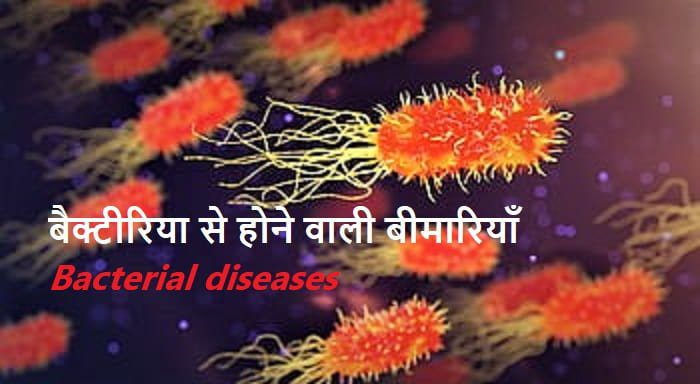
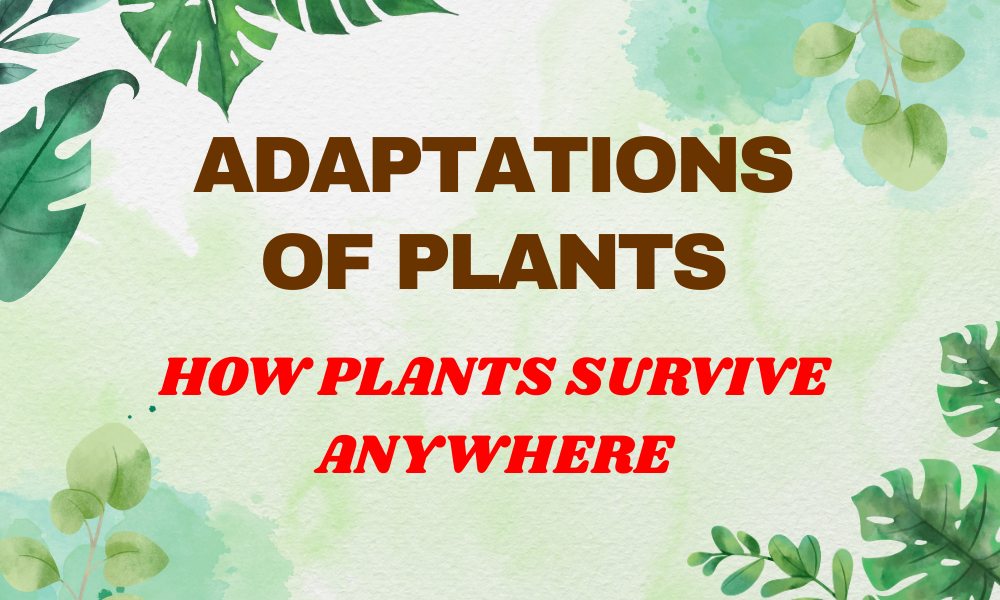
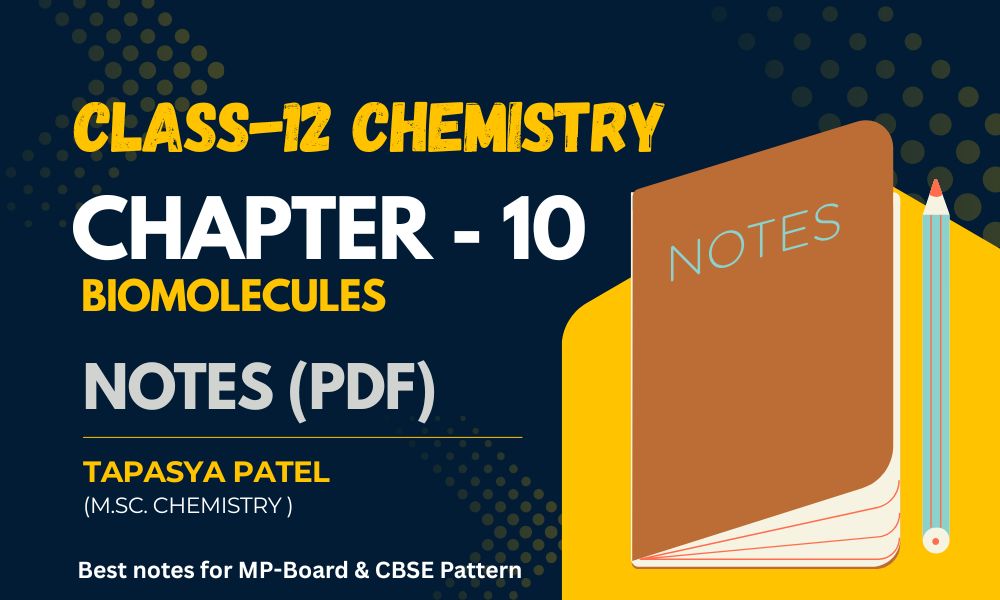





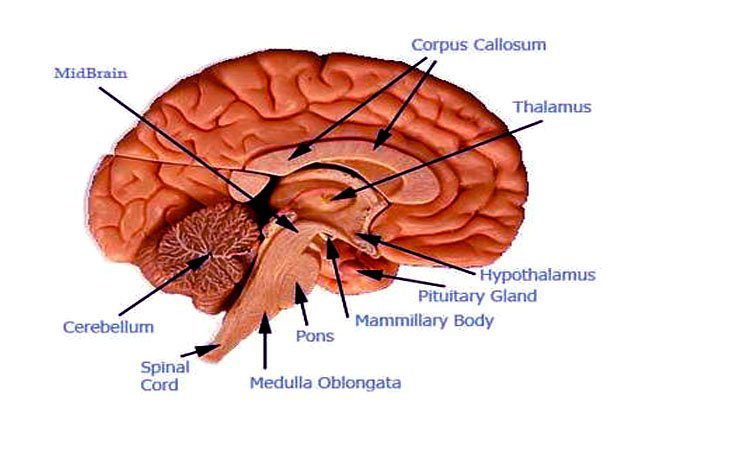
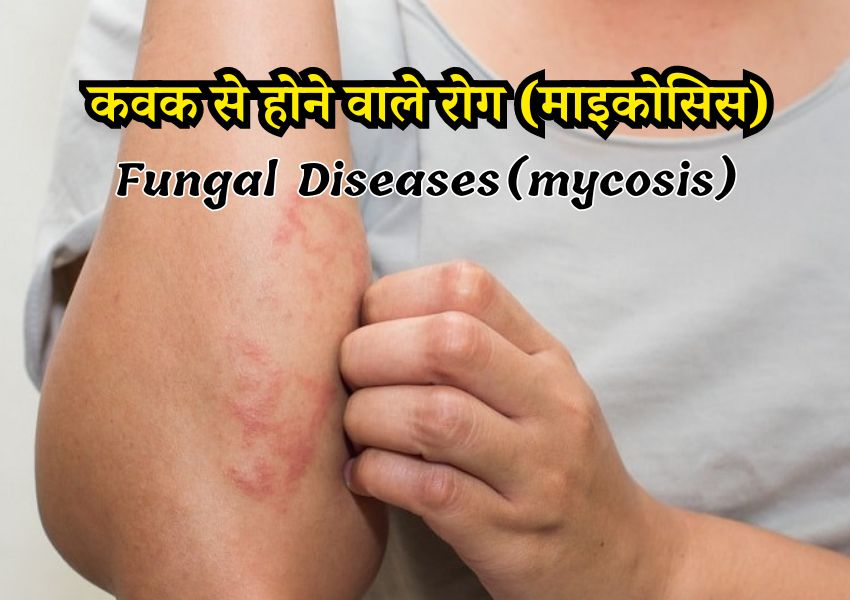

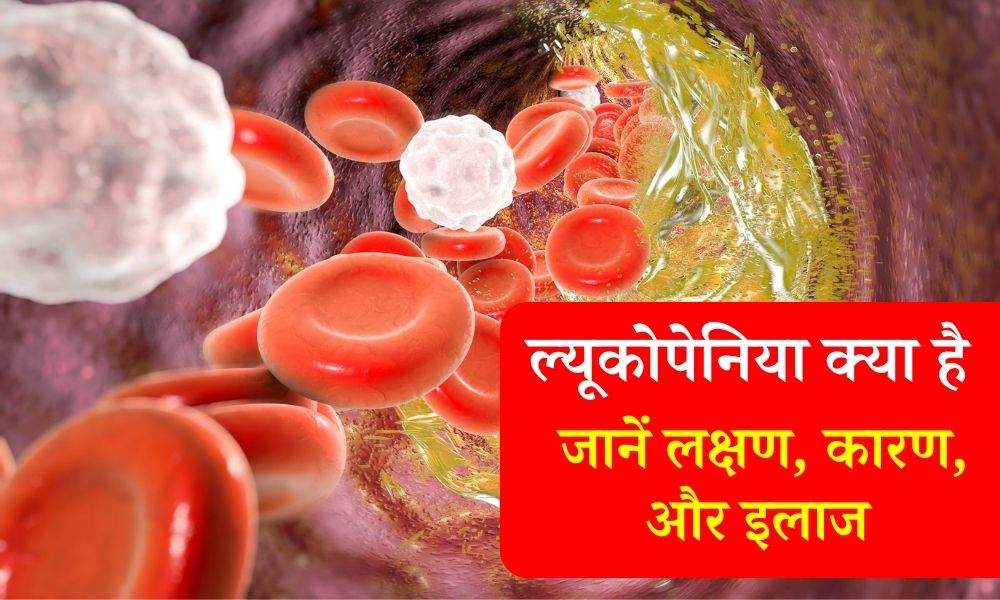

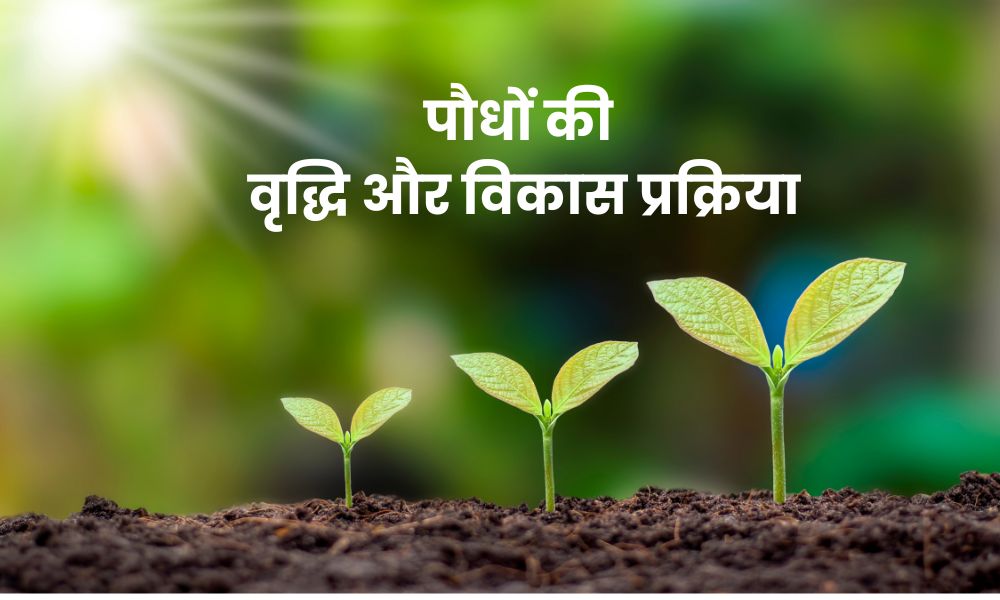
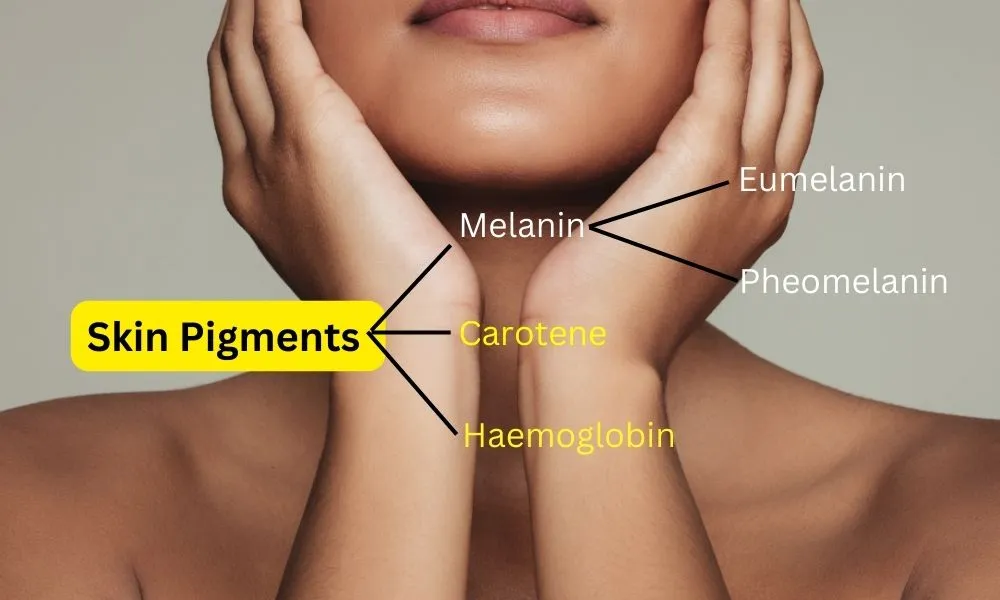
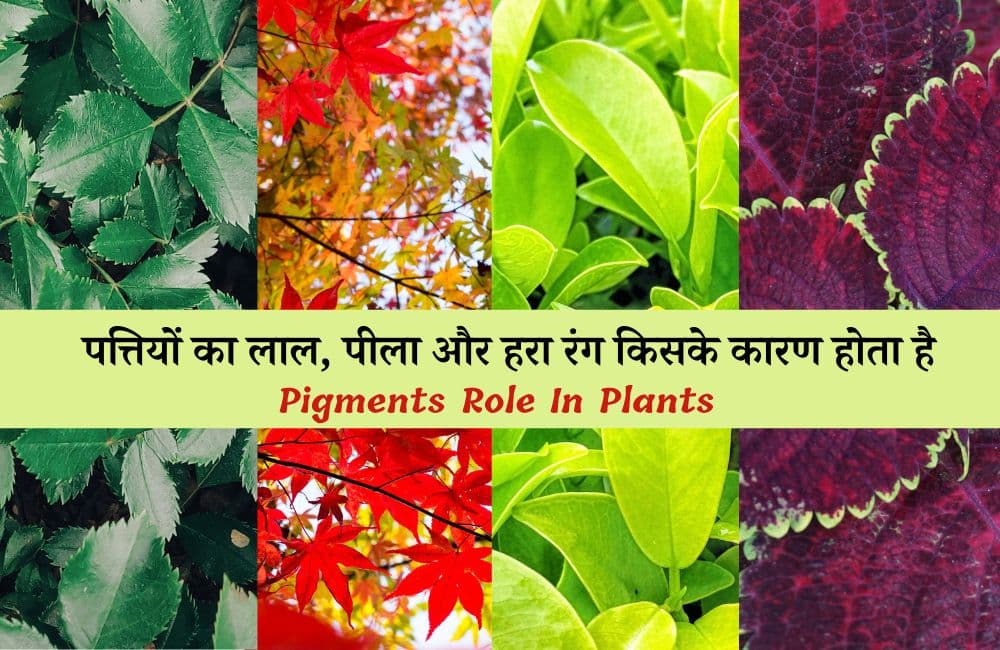
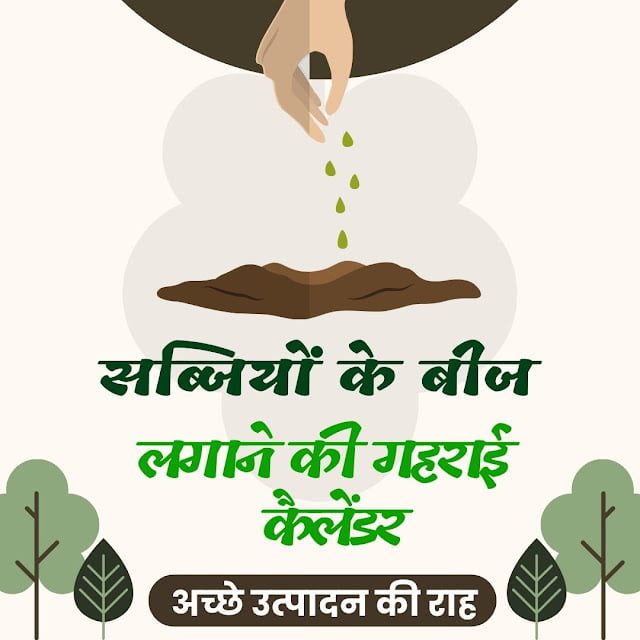

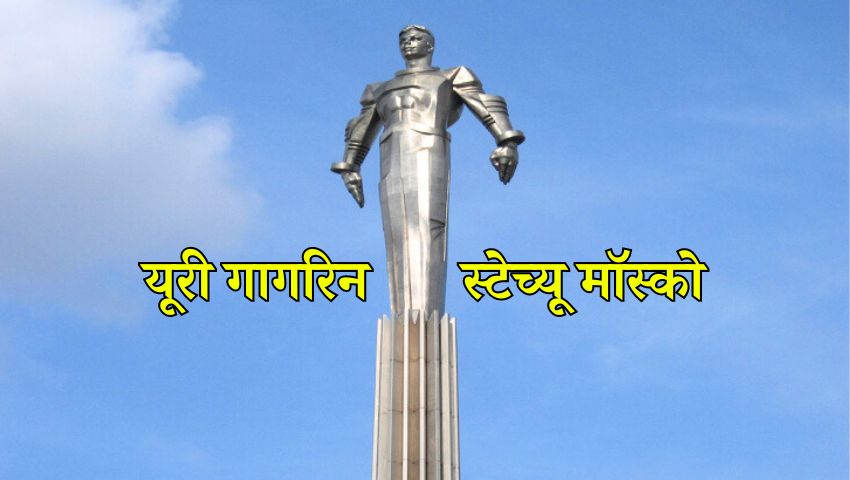




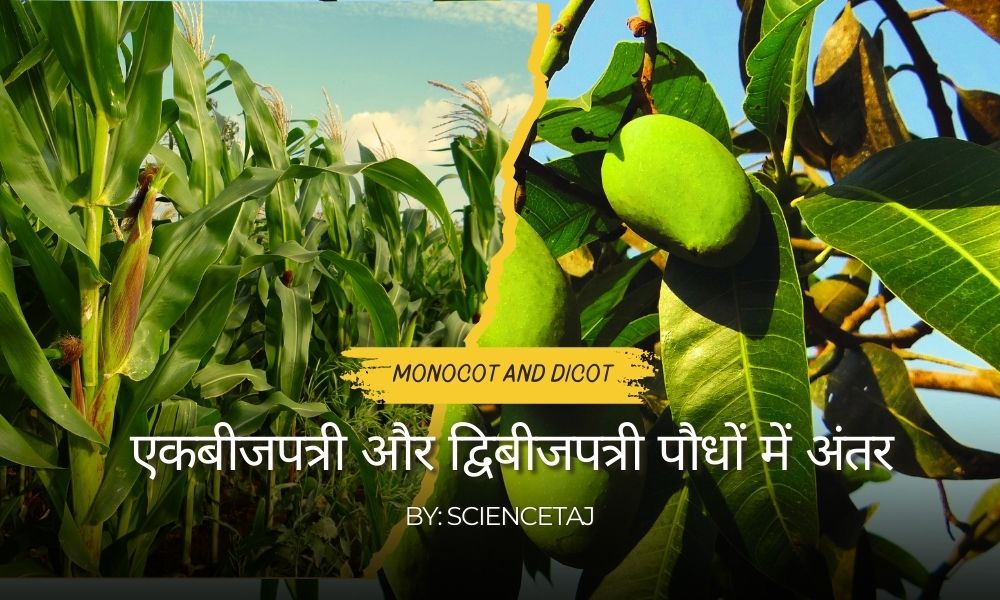
Leave a Reply